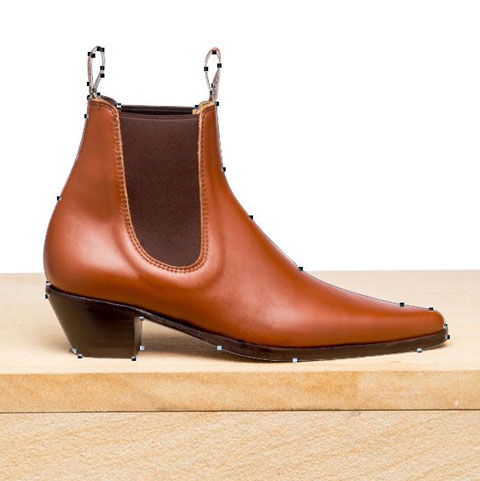

Table of Contents
ToggleIn this clipping path vs. image masking article, we will find out all differences between them. We also include their meaning and types to understand their differences better.
In the end, you will clearly know the clipping path and image masking. Let’s start

Clipping path is a photo post-processing technique that enables you to cut out image background. You can create a clipping path using the pen tool in Photoshop or choose a service provider for your project. You will be able to keep the selecting path and remove anything outside the path.
We usually use clipping paths for hard-edge images like boxes, table chairs, etc. The task is laborious, and only an experienced hand can deliver accurate and natural results.
An experienced person can easily find the mistakes of poor-quality clipping path. These images fail to make a great impression, and it will reflect on store sales.
As it is a must for other photo editing’s like shadow creation, color correction, background removal, and invisible mannequin, you must pay more consideration while creating a clipping path for any image.
Image masking is another image background removal technique. In this technique, editors use various tools in photoshop like background eraser and Magic Eraser Tool. It also involves color separation techniques.
It is a non-destructive editing technique in which editors have more control over revealing or hiding any portions of photos. However, clipping path companies use this technique when an image contains fur, human hair, etc.
Though clipping path and image masking techniques are used for removing background from images, they have differences in nature. We will cover each detail about clipping path vs. image masking.
When we talk about clipping path vs. image masking, the subject edge plays a crucial part. Editors prefer to use clipping path techniques for hard edges.
On the contrary, editors prefer to use the image masking technique when the subject contains complexity. Though it is possible to use image clipping for these images, the result won’t satisfy you. The opportunity is very high to lose details in these cases.
The clipping path is the best for hard-edge basic and complex images. The process editors apply destructive editing. This means that once you have created a path, it is impossible to return to the original form. You can edit the points, but it is impossible to return to the original form.
On the contrary, you have more control when using image masking techniques because the process is non-destructive. It means if you make any mistake, you can go back and make a solution for this. You don’t need to start from the beginning again.
Image types play a vital role when applying clipping path and image masking techniques. So, it should be your central focusing point. Your image subjects may contain solid color and multi-colored background; its edge should be soft, sharp, and hard. It will help to decide more accurately.
For example, the clipping path works well on hard-edge images. On the contrary, image masking works well on soft-edge images.
It is a great question. Yes, we can apply both clipping path and image masking on a single image. For example, a portrait image needs to require background removal.
In this case, Photo Clipping Path Service providers apply both techniques for a single image. They use a photoshop pen tool for a hard edge, like a body portion, and image masking for soft edges, like a hair portion.
There are 3 types of clipping paths.
There are 3 types of photoshop image masking.
Clipping path and masking can be used to remove the background from an image. But, they have differences also. In this clipping path vs. image masking comparison, we cover the differences. Depending on the image, you should pick editing techniques. Don’t alter; it because it may produce the worst result.
Wait to edit photos from a professional? The Clipping Path Action team takes all responsibilities for creating stunning images with 24/7 support.
Read our other Clipping Path Vs Image related articles
WhatsApp us